 Contempt of court is the offence of being disobedient to or disrespectful towards a court of law. Being disrespectful to legal authorities in the courtroom, or wilfully failing to obey a court order may attract Contempt of Court proceedings. A judge may impose sanctions such as a fine or jail for someone found guilty of contempt of court.
Contempt of court is the offence of being disobedient to or disrespectful towards a court of law. Being disrespectful to legal authorities in the courtroom, or wilfully failing to obey a court order may attract Contempt of Court proceedings. A judge may impose sanctions such as a fine or jail for someone found guilty of contempt of court.
Why is Contempt of Court in news recently?
The recent confrontation between Justice Markandeya Katju and the Supreme Court has raised some issues on contempt jurisdiction in India. There is also an ongoing issue between Calcutta High Court judge CS Karnan and Supreme Court on contempt of court.
In another instance, Justice Kurian Joseph of the Supreme Court of India has said that the trial by the media on pending cases is tantamount to contempt of court.
The Supreme Court in Kuldeep Kapoor & Ors vs. Court on its Motion has observed that a litigant refusing to answer a question put to him by the Court does not constitute criminal contempt of Court.
Besides all these, there are various allegations that judges in the superior courts routinely misuse the power to punish for contempt of court more to cover up their own misdeeds than to uphold the majesty of the law.
Article 129 of Indian Consitution: Supreme Court to be a court of record
“The Supreme Court shall be a court of record and shall have all the powers of such a court including the power to punish for contempt of itself.”
Contempt of Courts Act of 1971
In India, contempt of court is of two types: Civil Contempt and Criminal Contempt.
Civil Contempt
- Under Section 2(b) of the Contempt of Courts Act of 1971.
- civil contempt has been defined as wilful disobedience to any judgment, decree, direction, order, writ or other processes of a court or wilful breach of an undertaking given to a court.
Criminal Contempt
- Under Section 2(c) of the Contempt of Courts Act of 1971.
- criminal contempt has been defined as the publication (whether by words, spoken or written, or by signs, or by visible representation, or otherwise) of any matter or the doing of any other act whatsoever which:
(i) Scandalises or tends to scandalize, or lowers or tends to lower the authority of, any court, or
(ii) Prejudices, or interferes or tends to interfere with the due course of any judicial proceeding, or
(iii) Interferes or tends to interfere with, or obstructs or tends to obstruct, the administration of justice in any other manner.
The amendment to the Contempt of Courts Act, 1971 in 2006
Neither truth nor good faith was defences against the law of contempt in India. This was rectified only in 2006 by an amendment to the Contempt of Courts Act.
The 2006 amendment to the Contempt of Courts Act, 1971 clarifies that the Court may impose punishment for contempt only when it is satisfied that substantially interferes, or tends to substantially interfere with the due course of justice.
But this was not followed in the Mid-Day case, where the Delhi high court sentenced employees of the publication for contempt of court for publishing content that portrayed a retired Chief Justice of India unfavourably. Mid-Day raised the defence of truth and good faith but was not entertained.
Court Cases connected with Contempt of Court in India
- In Duda P.N. v. Shivshankar, P., the Supreme Court observed that the contempt jurisdiction should not be used by Judges to uphold their own dignity. In the free market places of ideas, criticism about the judicial system or the Judges should be welcomed, so long as criticisms do not impair or hamper the “administration of justice”.
- In Auto Shankar’s Case, Jeevan Reddy J, invoked the famous “Sullivan doctrine” that public persons must be open to stringent comments and accusations as long as made with bonafide diligence, even if untrue.
- In Arundhati Roy, In re, the Supreme Court observed that a fair criticism of the conduct of a Judge, the institution of the judiciary and its functioning may not amount to contempt if made in good faith and in public interest.
- In Indirect Tax practitioners’ Association v. R.K. Jain, S.C. observed that the Court may now permit truth as a defence if two things are satisfied, viz., (i) it is in public interest and (ii) the request for invoking said the defence is bona fide. (S.13, Contempt of Courts Act,1971).
Freedom of Speech and Expression vs Contempt of Court

Article 19(1)(a) of the Constitution gives the right of freedom of speech and expression to all citizens.
Articles 129 and 215 give the power of contempt of court to the higher judiciary, and this power limits the freedom granted by Article 19(1)(a).
As Justice Krishna Iyer said, the law of contempt has a vague and wandering jurisdiction with uncertain boundaries. Such a law, regardless of public good, may unwittingly trample upon civil liberties.
Further, the assumption that respect for the judiciary can be won by shielding judges from criticism misjudges public opinion. Surely an enforced silence, in the name of preserving the dignity of the judiciary, would cause resentment, suspicion and contempt, more than it would enhance respect.
In a democracy, the people should have the right to criticize judges. The purpose of the contempt power should not be to uphold the majesty and dignity of the court but only to enable it to function.
The right of the citizens to free speech and expression under Article 19(1)(a) should be treated as primary, and the power of contempt should be subordinate.
What is the relevance of contempt law in a free society?
The power to punish for contempt was draconian in nature without commensurate safeguards in favour of the persons charged with the accusation of having committed contempt of court.
Such a power is not in consonance with the constitutional scheme of India. The basic principle in a democracy is that the people are supreme. Once this concept of popular sovereignty is kept firmly in mind, it becomes obvious that the people of India are the masters and all authorities (including the courts) are their servants.
In many countries, contempt jurisdiction is regarded as archaic and exercised sparingly. In the US, courts no longer use contempt to silence comments on judges or legal matters. The First Amendment to the US Constitution forbids imposition of contempt sanctions on a newspaper.
The concept of criminal contempt in India owing its origin to mid-British times was a corollary of the adage that the king could do no wrong. But this drastic power is often used by the judges in an arbitrary manner. (Note: You may read about Judicial Overreach).
In a free society criticism of the judiciary is inevitable.
Judges have vast powers and people will not remain silent about the exercise of such powers. Just as decisions of other branches of government attract criticism, judicial decisions would also invite the same.
The test to determine whether an act amounts to contempt of court or not is this: does it make the functioning of the judges impossible or extremely difficult? If it does not, then it does not amount to contempt of court even if it is harsh criticism.
The law of contempt should be employed only to enable the court to function, not to prevent criticism.
It’s time for the legislature to take steps to amend the Contempt of Court Act and eschew definition of criminal contempt.
Judiciary should balance two conflicting principles, ie freedom of expression, and fair and fearless justice.
A mature and “broad-shouldered” approach to criticism can only inspire public confidence, not denigrate the judiciary, for justice, as Lord Atkin said, is “no cloistered virtue”.


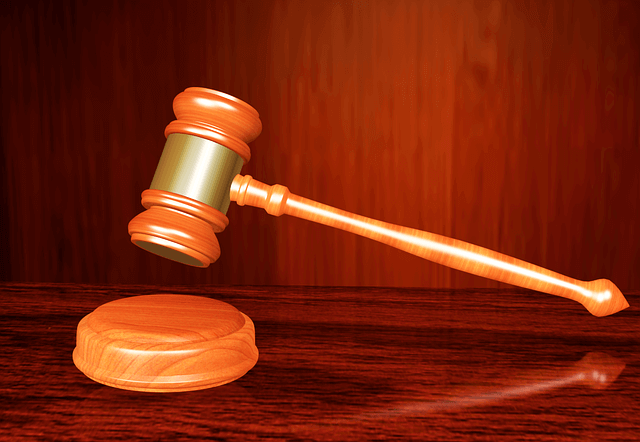
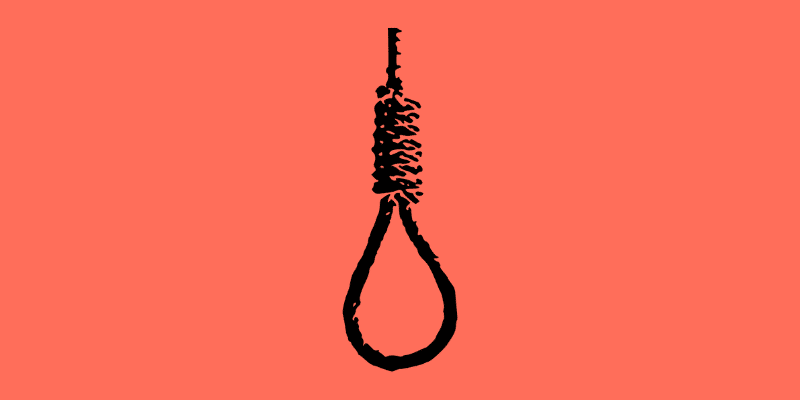
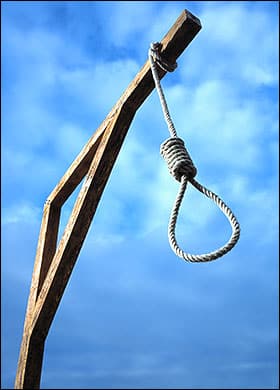
 Special Leave Petition vs Review Petition vs Curative Petition vs Mercy Petition: What are the differences?
Special Leave Petition vs Review Petition vs Curative Petition vs Mercy Petition: What are the differences?
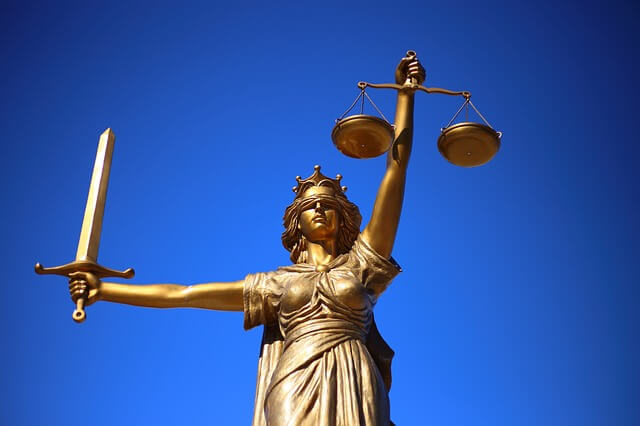
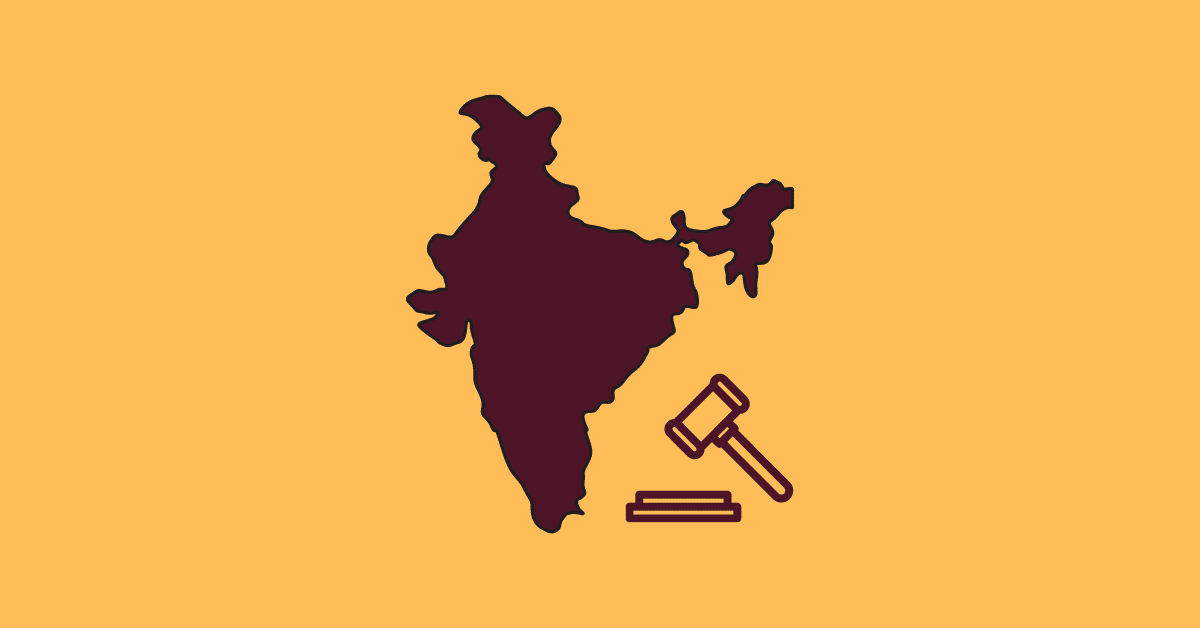 The basic structure doctrine is one of the fundamental judicial principles connected with the Indian Constitution.
The basic structure doctrine is one of the fundamental judicial principles connected with the Indian Constitution.